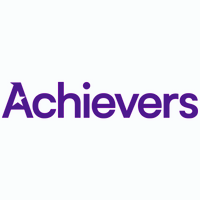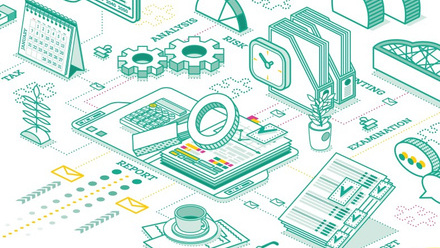How to offer personalised benefits employees actually want
Today’s employees aren’t settling for cookie-cutter benefits - they want perks that fit their lives.
That’s where flexible benefits platforms shine, letting them choose what matters most, from remote work support to lifestyle allowances.
The result is that employees feel seen, valued and motivated to stay.
Here’s how to create a benefits package that truly resonates.
The shifting expectations of employees
Since the pandemic, remote work has become the norm and mental health a top priority.
Employee expectations have shifted significantly, changing what people value most in their benefits.
One study shows that:
- 88% of workers now prefer remote roles
- 59% specifically want fully remote work
- 30% of job seekers prioritise mental health support from employers
Generational preferences also play a big role.
- Baby Boomers and Gen X tend to favour traditional benefits like generous paid time off, retirement plans, and health or fitness perks.
- Millennials and Gen Z are more likely to value mental health resources, skill development, and work-life balance.
To truly support a multigenerational workforce, employers need to offer a diverse range of benefits.
What makes a benefit truly personalised?
Personalised benefits acknowledge the need for flexibility and choice - aligning with every individual employee’s lifestyle, needs and priorities.
An employee with children may prefer childcare support or flexible working hours, while someone without children might prioritise travel perks or professional development opportunities.
Flexible benefits platforms make this level of personalisation possible - empowering employees to select the perks that matter most to them.
Ultimately, offering personalised benefits boosts job satisfaction while helping to create a more inclusive, supportive workplace.
The role of flexible benefits platforms
Flexible benefits platforms are transforming how companies support their employees - offering more choice, more personalisation, and a better overall experience.
What is a flexible benefits platform?
A flexible benefits platform is a digital tool that lets employees tailor their benefits package to suit their individual needs and lifestyles.
Employers can consider providing a wide range of options, such as:
- Additional annual leave
- Learning and development opportunities
- Health and wellbeing support
- Pension contributions
- Lifestyle allowances
Why flexibility matters
One of the biggest advantages is choice. Traditional benefits are often rigid and identical for every employee.
Flexible platforms, on the other hand, empower people to pick what works best for them - leading to:
- Higher employee engagement
- Increased job satisfaction
- A stronger sense of value
Benefits for HR and the business
These platforms aren’t just great for employees - they also make life easier for HR and leadership by:
- Reducing manual admin work
- Ensuring compliance with UK employment laws
- Scaling easily with changing business needs
- Responding quickly to employee feedback
Powering smarter decisions with technology
Technology plays a key role in making flexible benefits platforms smarter and more user-friendly:
- AI-driven recommendations help employees discover the most relevant perks
- Self-service portals allow for quick, easy selections
- Advanced analytics provide HR with valuable insights into benefit usage and trends
Key benefits employees actually want
According to a poll by Ciphr, these are some of the most in-demand benefits for UK employees:
- Extra time off: 67% of employees say they want more paid sick leave, and 32% would like extra annual leave as part of their benefits.
- Work-life balance perks: Flexible work options matter to 57% of employees. While 37% would prefer a four-day workweek with full-time pay, 27% value the ability to work from different locations.
- Financial benefits: 46% of employees see pension matching as an important benefit, and 39% are interested in performance bonuses.
- Wellness programmes: 40% of employees say mental health support and wellness resources are important to them.
- Family support: 23% of employees prefer childcare assistance, showing that many are looking for support in balancing work and family life.
How to implement a successful personalised benefits strategy
Here are four key steps to help you get started:
- Conduct an employee survey: Survey your workforce to understand their needs and priorities. As employee expectations evolve, your benefits strategy should evolve too.
- Leverage HR technology: Use flexible benefits platforms to offer more choice and simplify management. AI tools can personalise options and provide insights to improve your offerings.
- Offer a mix of core and optional benefits: Combine essential benefits (e.g., pensions, healthcare) with optional perks (e.g., wellbeing programs, learning stipends) to meet diverse employee needs.
- Communicate effectively: Clearly explain available benefits and how to use them. Regular updates via workshops, emails, or online tools help drive awareness and engagement.
Personalising employee benefits helps people feel more engaged, satisfied, and likely to stick around.
With the tips in this guide, HR leaders can update their benefits to stay competitive, attract great talent, and build a workplace where people feel supported, happy, and motivated. So, how will you tailor your benefits to meet the needs of today’s workforce?
Supplied by REBA Associate Member, Achievers
Achievers is an enterprise Recognition and Reward software with non-monetary and monetary recognition and a global reward marketplace.








